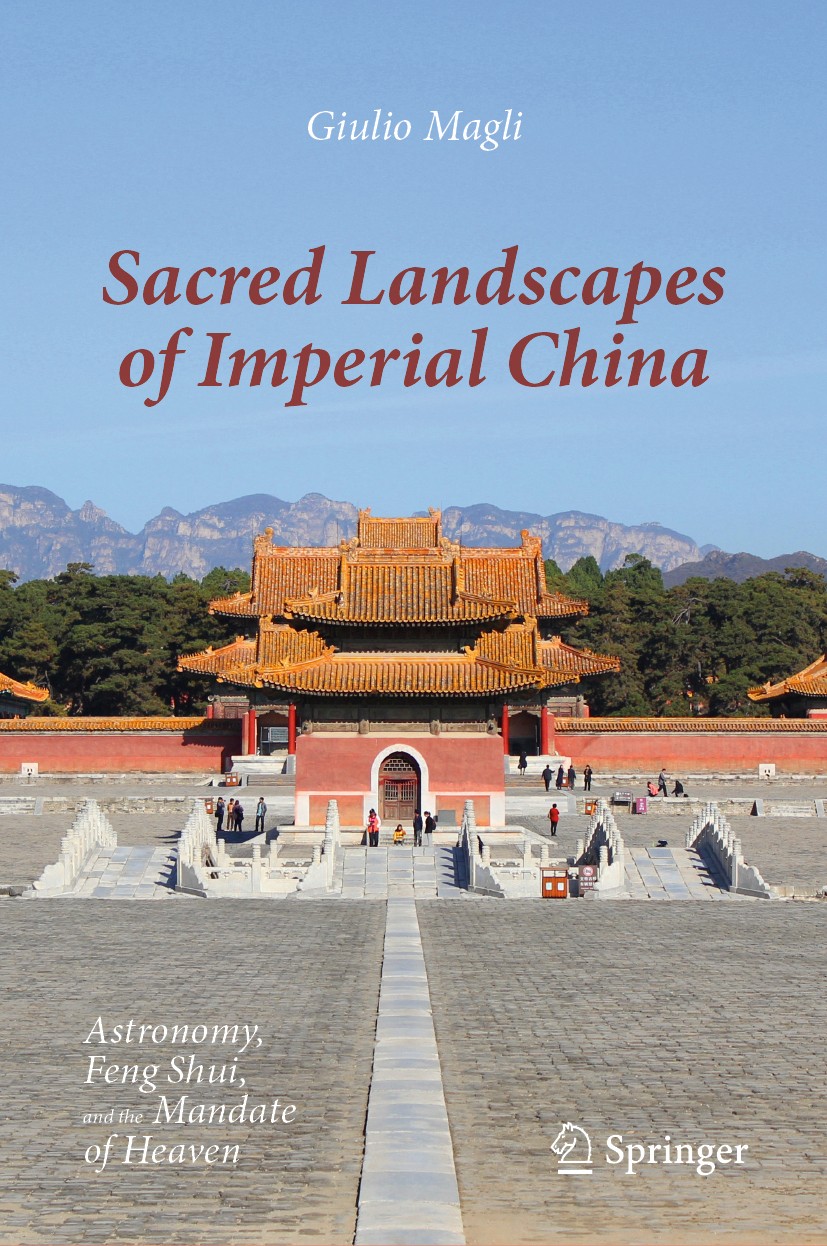| 书目名称 | Sacred Landscapes of Imperial China | | 副标题 | Astronomy, Feng Shui | | 编辑 | Giulio Magli | | 视频video | http://file.papertrans.cn/861/860441/860441.mp4 | | 概述 | Offers a scientific approach to the role of astronomy and Feng Shui in ancient Chinese architecture.Describes magnificent but largely unknown monuments.Richly illustrated.Investigates in detail the “p | | 图书封面 |  | | 描述 | This book analyses the magnificent imperial necropolises of ancient China from the perspective of Archaeoastronomy, a science which takes into account the landscape in which ancient monuments are placed, focusing especially but not exclusively on the celestial aspects. The power of the Chinese emperors was based on the so-called Mandate of Heaven: the rulers were believed to act as intermediaries between the sky gods and the Earth, and consequently, the architecture of their tombs, starting from the world-famous mausoleum of the first emperor, was closely linked to the celestial cycles and to the cosmos. This relationship, however, also had to take into account various other factors and doctrines, first the Zhao-Mu doctrine in the Han period and later the various forms of Feng Shui. As a result, over the centuries, diverse sacred landscapes were constructed. Among the sites analysed in the book are the “pyramids” of Xi’an from the Han dynasty, the mountain tombs of the Tang dynasty, and the Ming and Qing imperial tombs. The book explains how considerations such as astronomical orientation and topographical orientation according to the principles of Feng Shui played a fundamental ro | | 出版日期 | Book 2020 | | 关键词 | Archaeoastronomy; Archaeoastronomy‘s Perspective in Imperial Necropolises of China; Astronomy in China | | 版次 | 1 | | doi | https://doi.org/10.1007/978-3-030-49324-0 | | isbn_softcover | 978-3-030-49326-4 | | isbn_ebook | 978-3-030-49324-0 | | copyright | The Editor(s) (if applicable) and The Author(s), under exclusive license to Springer Nature Switzerl |
The information of publication is updating

|
|
 |Archiver|手机版|小黑屋|
派博传思国际
( 京公网安备110108008328)
GMT+8, 2025-12-18 11:51
|Archiver|手机版|小黑屋|
派博传思国际
( 京公网安备110108008328)
GMT+8, 2025-12-18 11:51


